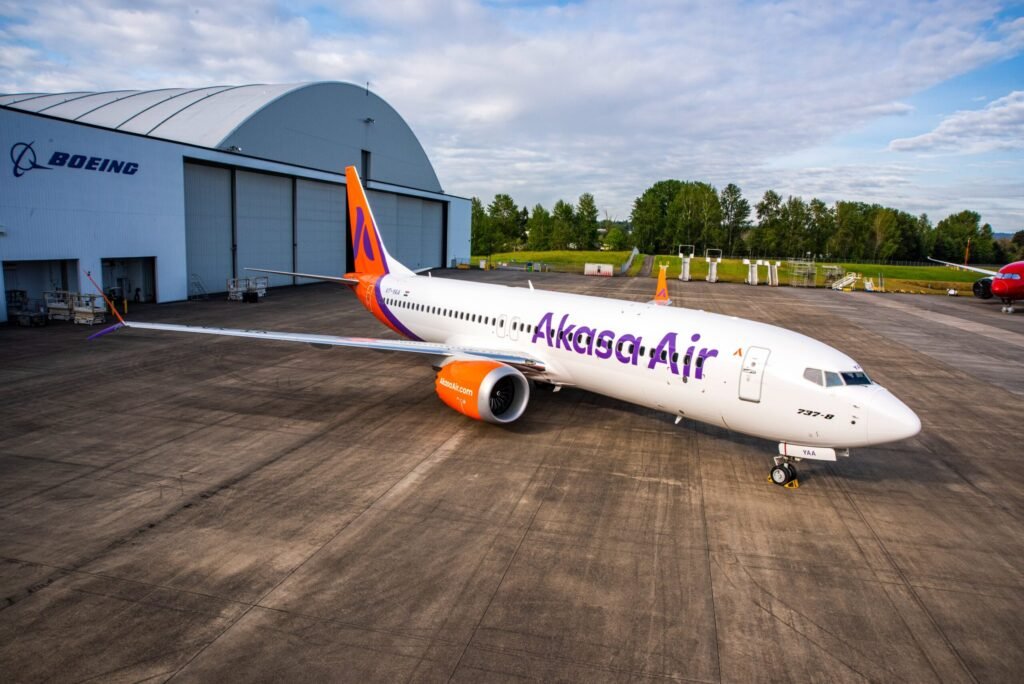DGCA Updates Flight Safety Guidelines Amid Rising Weather Challenges
Amid increasing instances of extreme weather, India’s aviation regulator, the Directorate General of Civil Aviation (DGCA), has issued revised operational guidelines prioritising passenger and crew safety over strict adherence to flight schedules. In a fresh operations circular directed at both scheduled and non-scheduled operators, the DGCA has urged pilots to adopt a cautious and proactive approach when navigating through adverse weather conditions such as heavy rain, turbulence, thunderstorms, and low visibility. The circular encourages flight crew to opt for diversions or return to base if necessary, clearly stating that safety must outweigh punctuality. Highlighting the growing influence of climate change on flight unpredictability, the regulator has reinforced the need for enhanced situational awareness and preparedness among pilots. It specifically stresses the importance of avoiding risky decisions during night-time landings on wet runways and recommends cross-verification of visual cues with flight instruments to avoid visual misinterpretations. This regulatory update follows recent incidents, including a series of helicopter crashes near Kedarnath and a turbulent IndiGo flight to Srinagar, which underscored the pressing need for stricter operational measures in unpredictable weather. Pilots have now been advised to maintain a minimum buffer of 20 nautical miles from storm systems and to avoid flying under thunderstorm clouds, which can pose significant risks such as lightning, windshear, and hail. The circular also places new emphasis on pre-flight weather planning and early course corrections, including lateral deviation from storm paths instead of risky altitude changes. In a significant move, the DGCA has also addressed Ice Crystal Icing — a lesser-known but hazardous condition related to convective weather — urging pilots to avoid climbing or descending through such zones and instead navigate around them laterally. Communication protocols have been strengthened as well, with the DGCA recommending prompt and clear updates to passengers, cabin crew, and Air Traffic Control (ATC) during turbulent conditions to enhance coordination and awareness. Additionally, the regulator has encouraged aviation operators to implement scenario-based training for flight crews, focusing on weather-related decision-making and the application of Threat and Error Management (TEM) frameworks. The updated guidelines will be in effect for all operators during the pre-monsoon, monsoon, and other weather-sensitive periods, reflecting the DGCA’s increased focus on operational safety in an era of escalating climate variability. Source: PTI
DGCA Updates Flight Safety Guidelines Amid Rising Weather Challenges Read More »


